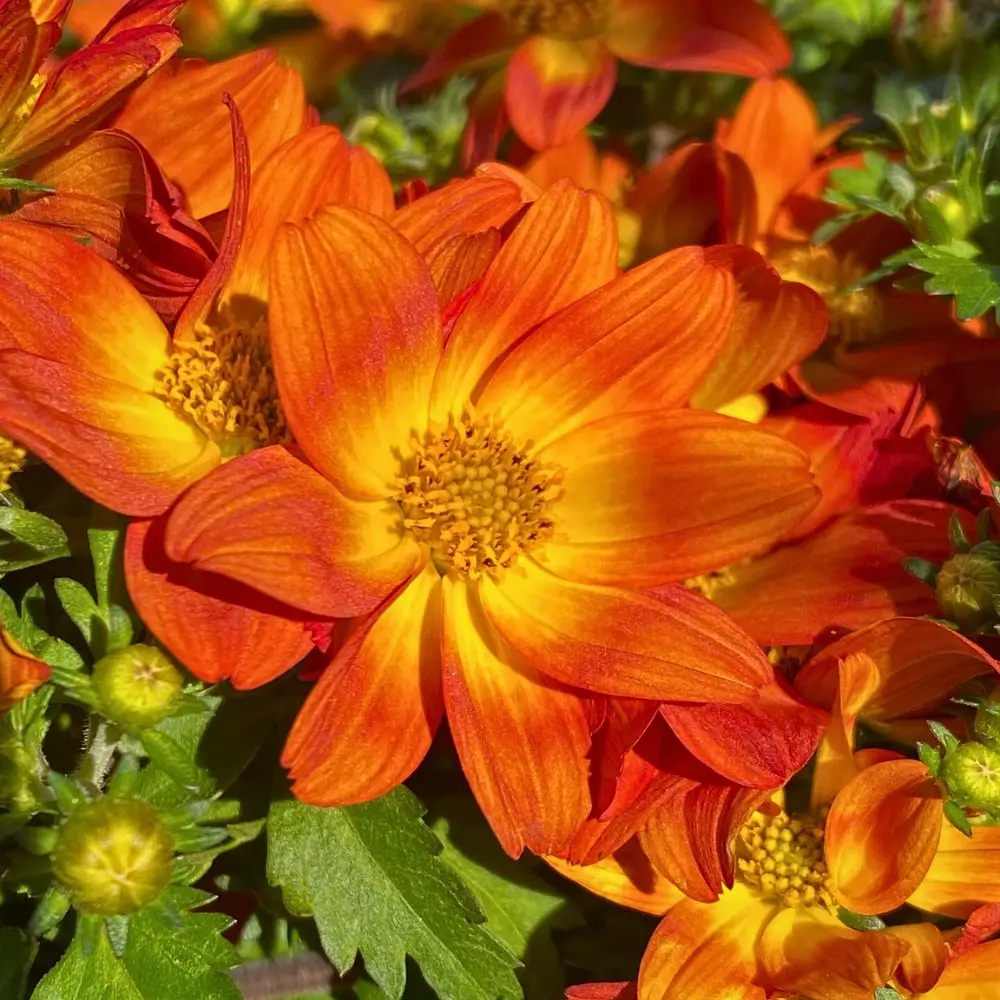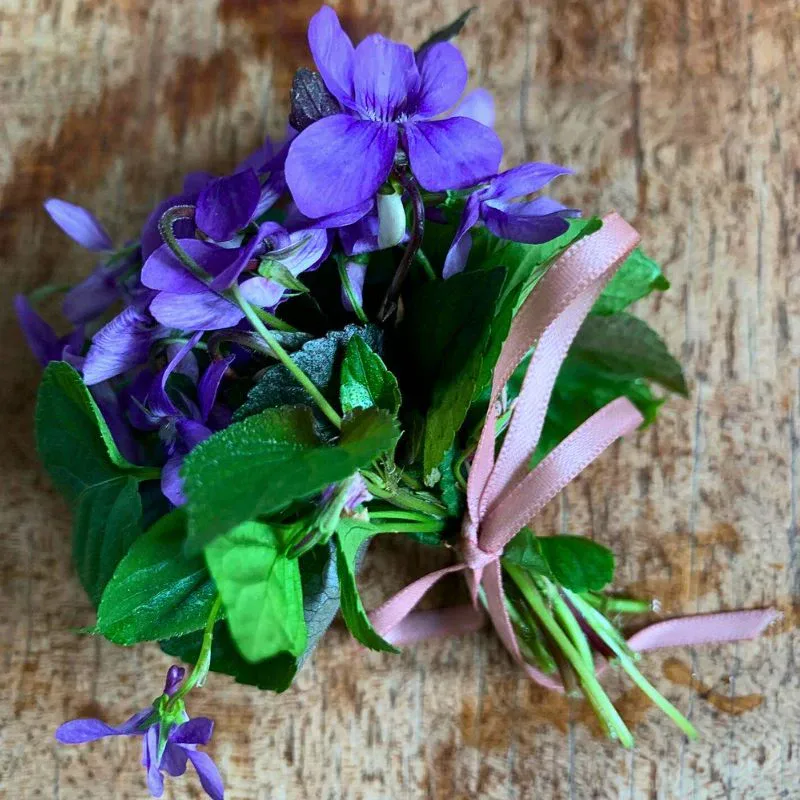Coreopsis, often known as tickseed, is like a burst of sunshine in a garden. With bright yellow petals and an easygoing nature, it is a flower that is hard not to love. It blooms for months, attracts butterflies and bees, and all the while adds a happy, bright color to the space, whether growing wild or planted. This enchanting performer’s two names tell its story: Coreopsis, derived from the Greek words for ‘bug-like,’ and the more whimsical tickseed, a moniker that speaks to both its appearance and wandering soul.
This amazing plant knits together beauty, resilience, and ecological acumen in ways that surprise even seasoned gardeners; its relationship with them often begins with curiosity that develops into appreciation. The tickseed defies the common assumption that beauty demands constant attention, instead offering months of cheerful color while quietly supporting local wildlife and adapting to challenging conditions that would leave other flowers struggling.
Ancient Origins of Coreopsis and Its Journey Through Time
Coreopsis is an ancient plant. It spans millions of years, with fossil evidence placing these golden flowers alongside some of the earliest known flowering plants. Native to the Americas, particularly flourishing across North and South America, tickseed adorned landscapes with its characteristic yellow and orange hues even before humans walked these lands. It belongs to the vast Asteraceae family, sharing lineage with sunflowers, daisies, and Asters.
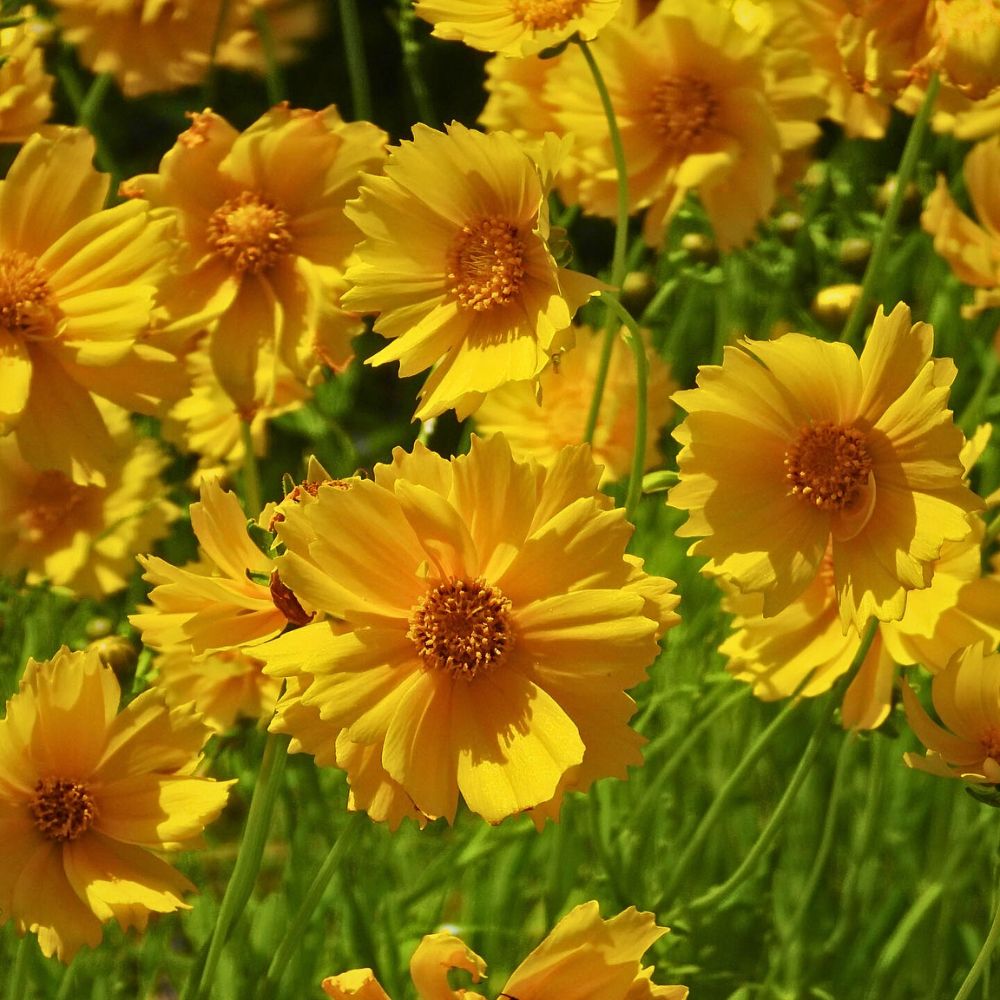
Archaeological evidence suggests that indigenous peoples of the Americas recognized the value of various Coreopsis species, incorporating them into traditional medicine and understanding their ecological importance. As European colonists arrived, they encountered these hardy wildflowers thriving in prairies, fields, and disturbed soils, leading to the plant's gradual introduction to gardens.
The scientific name of Coreopsis is derived from the observation of its seed structure. Early botanists noticed that the seeds bore a striking resemblance to tiny insects or ticks, leading to the Greek-derived genus name, which combines the words koris (bedbug) and opsis (appearance), emphasizing the visual similarity between the seeds and small insects; hence, the more colloquial term ‘tickseed’. This seemingly whimsical comparison tells of the plant's reproductive strategy and dispersal methods.
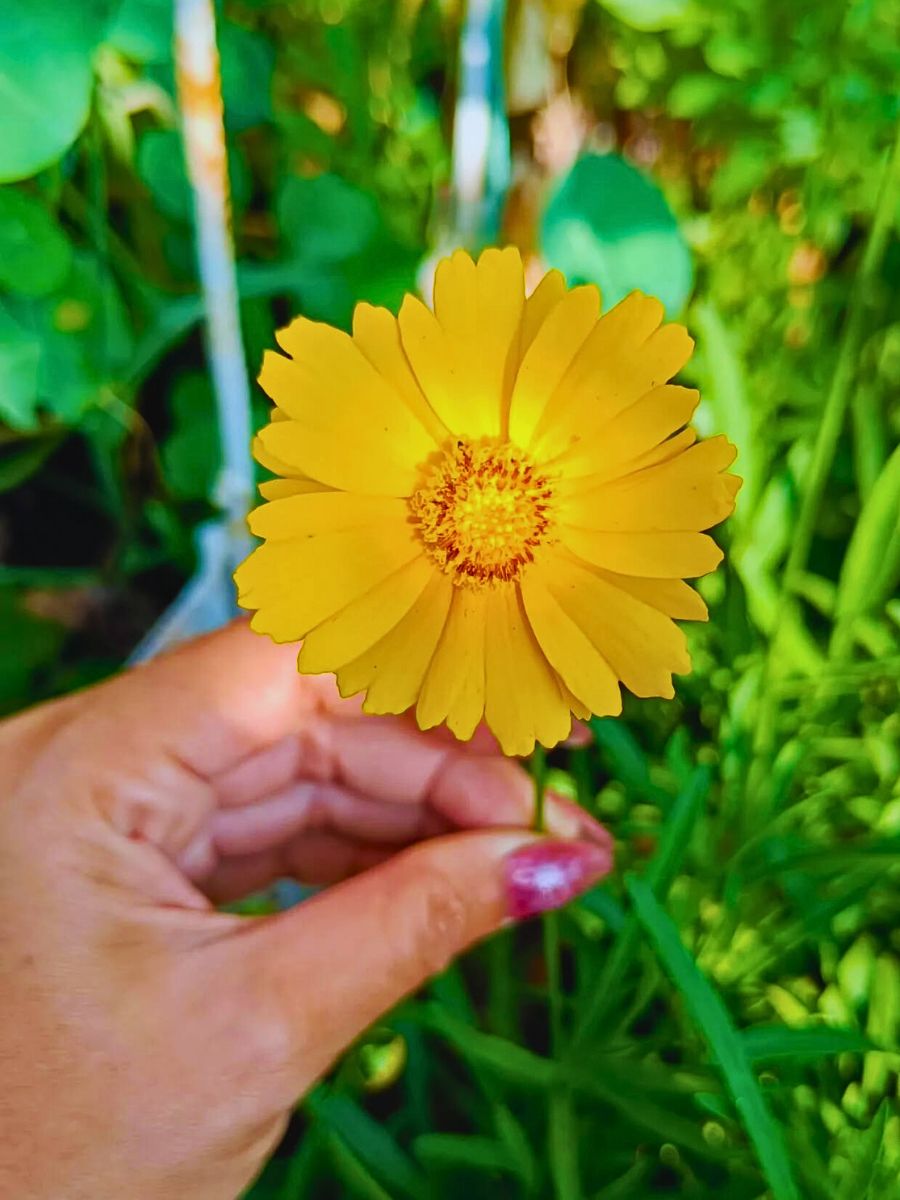
Tickseed plants have, over the years, adapted to various ecosystems, from open plains and meadows to rocky slopes and roadsides. Their diversity mirrors their evolutionary success across various terrains and climates. Among the species, Coreopsis lanceolata—often referred to simply as lanceleaf coreopsis or lanceleaf tickseed—stands out. This species is native to eastern and central North America and is notable for its slender, lance-shaped leaves and bright yellow flower heads that measure roughly 5 to 7 cm (2 to 3 inches) across.
The Tickseed Plant and Its Characteristics
Coreopsis plants typically exhibit bright, cheerful flowers that range mostly in shades of yellow and gold, sometimes enhanced with touches of red, pink, or bi-color variations, depending on the species or cultivar. Their flower heads consist of ray florets that mimic petals and central disc florets, creating a classic daisy-like appearance. Their foliage varies—from lance-shaped leaves in Coreopsis lanceolata to fine, threadlike foliage of Coreopsis verticillata (threadleaf coreopsis), which provides a delicate texture beneath the flowers.
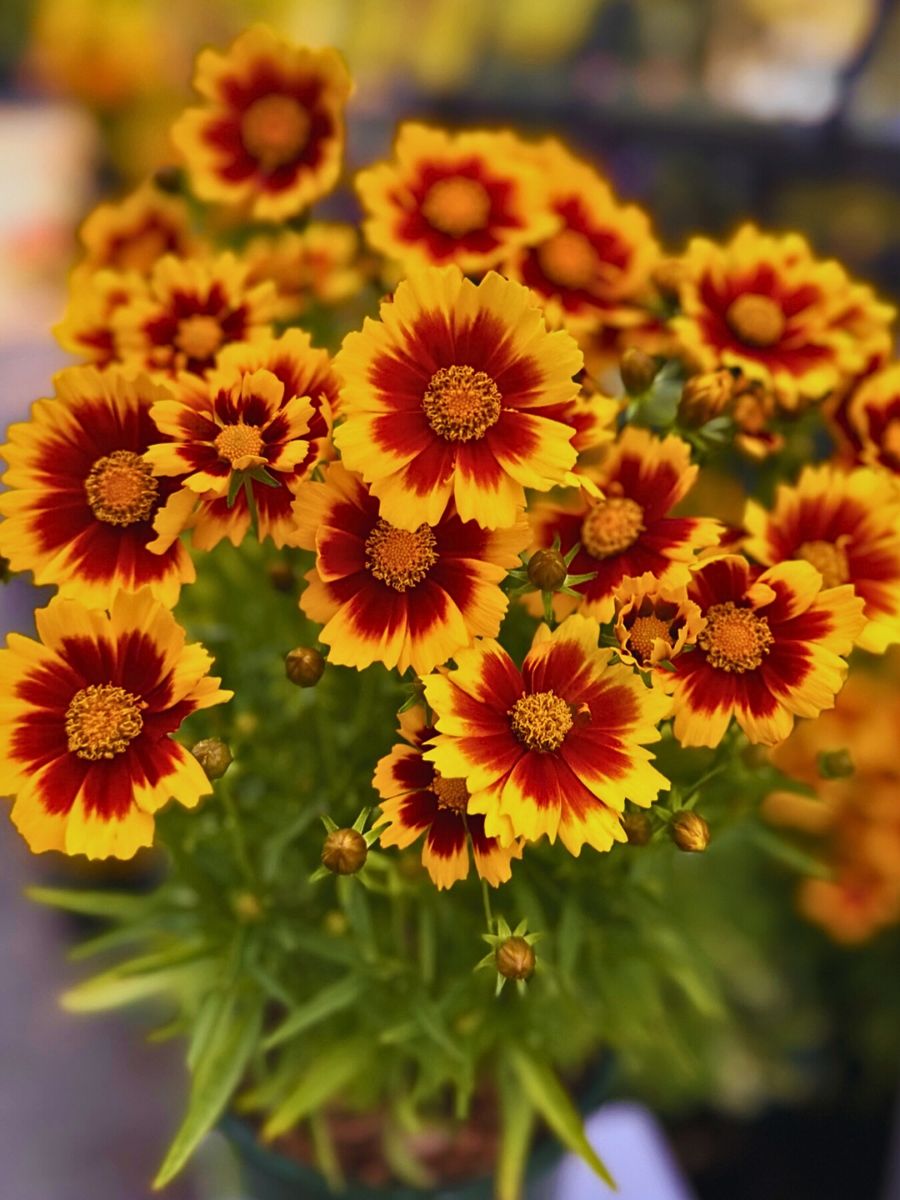
Its growth habits range from clump-forming to spreading via rhizomes, offering choices according to space and style preferences. Some Coreopsis types form compact mounds ideal for borders and containers, while others provide excellent ground cover or prairie-style plantings.
What Makes Coreopsis Tickseed Special?
Aside from its cheerful looks, Coreopsis is perfectly adapted to diverse growing conditions. It incorporates over 80 species, ranging from delicate annuals to robust perennials. Each carries the genetic blueprint for survival in challenging environments. The plant also demonstrates great versatility, with some species thriving in drought conditions while others prefer consistently moist soil.
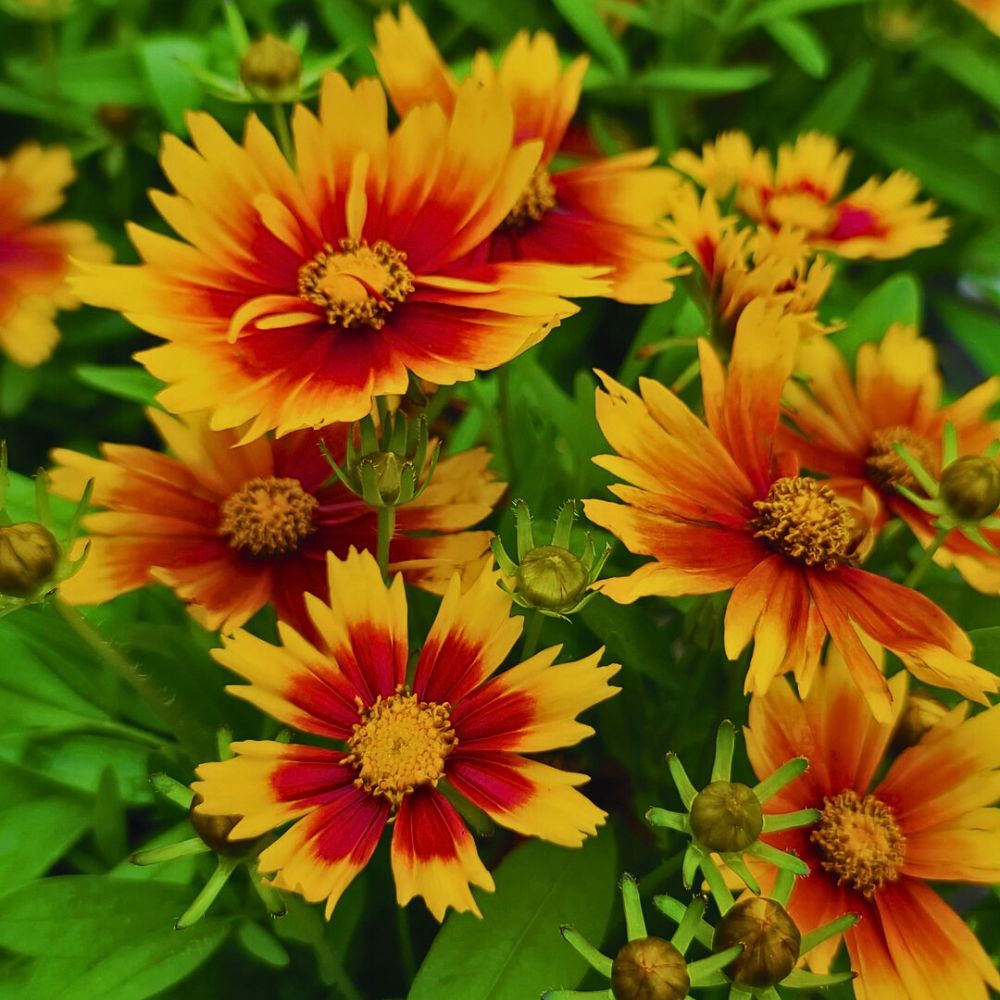
Its flower structure is unique. Each apparent single flower is a composite of numerous tiny flowers, or florets, arranged in a precise pattern that maximizes pollinator attraction while ensuring efficient reproduction. The familiar daisy-like appearance, with ray petals surrounding a central disc, creates an irresistible landing platform for bees, butterflies, and other beneficial insects.
Why Is Coreopsis Called Tickseed?
The question of why Coreopsis earned the nickname tickseed tells of botanic observation and imagination. The seeds of most Coreopsis species are dark, oval-shaped, and bear two small projections that early observers thought resembled the legs of a tick. The name ‘tickseed’, therefore, connects directly to these distinctive seeds; small, flat, and dark, resembling the shape and size of ticks. This visual similarity, combined with the seeds' tendency to cling to clothing and animal fur, made the comparison to these small arachnids seem particularly apt.
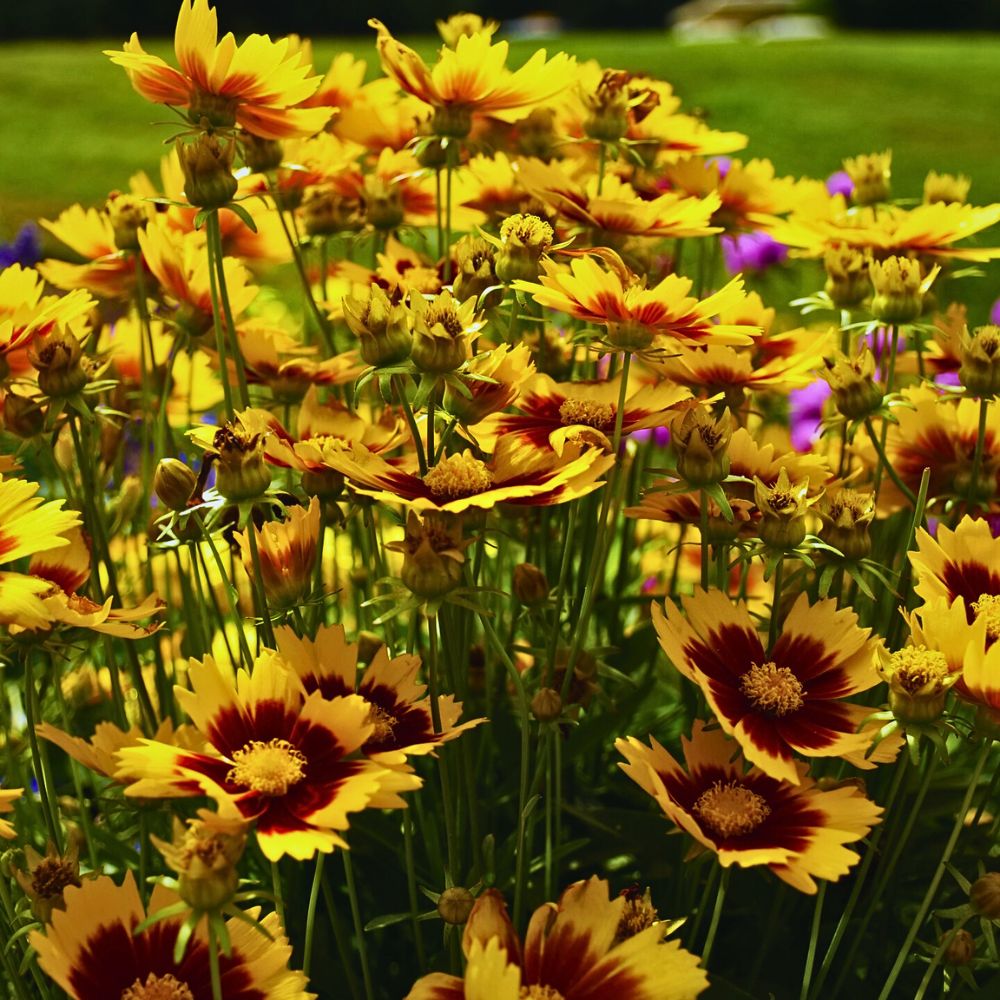
But the tickseed moniker serves another purpose. The name hints at the plant's successful dispersal strategy, as the seeds often attach themselves to passing animals and humans, traveling far from the parent plant to establish new colonies. This natural spreading mechanism explains much about Coreopsis' behavior in gardens and wild spaces. And while the name might seem unusual for such a delicate flower, it adds interest.
More About Coreopsis Lanceolata, and Other Tickseeds
Coreopsis lanceolata, as noted, is perhaps the most recognizable and widely cultivated. It exemplifies everything one would love about tickseed: reliable performance, extended flowering periods, and remarkable adaptability to various growing conditions. It typically reaches heights of 30 to 60 cm (12 to 24 inches), forming neat clumps of lance-shaped leaves that provide an attractive backdrop for the profusion of golden flowers.
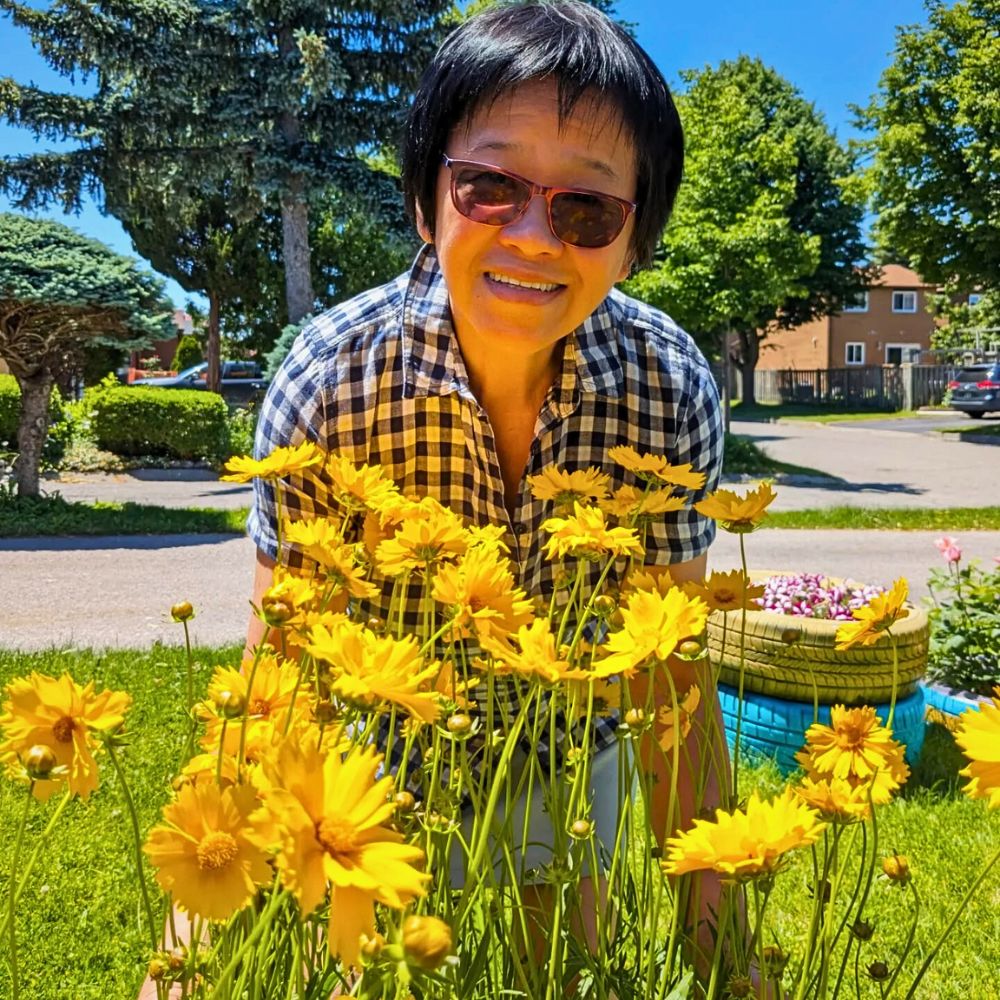
The plant's common name, lanceleaf coreopsis, refers to the distinctive leaf shape that helps distinguish it from its relatives. Its flowering period extends from late spring through early fall, with deadheading encouraging continuous flower production. This extended season of color, combined with the plant's self-seeding tendencies, ensures that gardens receive maximum impact from minimal investment. This variety grows well in a variety of soil types and withstands windy, sunny, or moderately dry environments. Its role in naturalized and wildflower garden designs emphasizes its resilient essence and bright floral energy.
Golden tickseed (Coreopsis tinctoria) is also one of the most striking yellow Coreopsis cultivars, loved for its strong color and abundant flowering. Its intense hues often light up garden beds and naturalized spaces with a sunny glow that seems to last all growing season. It captures the essence of what makes Coreopsis so beloved among gardeners and wildlife.
The rich, golden-yellow petals seem to glow with inner light, creating focal points that draw the eye while harmonizing beautifully with other garden plants. This natural luminosity makes it particularly valuable in partially shaded locations where other yellow flowers might appear washed out.

The golden coloration is also important ecologically. The bright yellow petals act as beacons for pollinators, particularly native bees and butterflies that have co-evolved with these plants over the years. Research indicates that the specific wavelengths of light reflected by these Coreopsis’ petals are perfectly attuned to attract beneficial insects while being less appealing to certain pest species.
Is Coreopsis a Perennial? Understanding the Tickseed Plant’s Long Life
The question "Is Coreopsis a perennial?" requires a nuanced answer that depends entirely on the specific species in question. The genus includes both annual and perennial varieties, with some species showing different behaviors depending on climate and growing conditions. Many gardeners first encounter annual Coreopsis varieties, which complete their entire life cycle in a single growing season, producing abundant flowers and seeds before dying with the first frost.
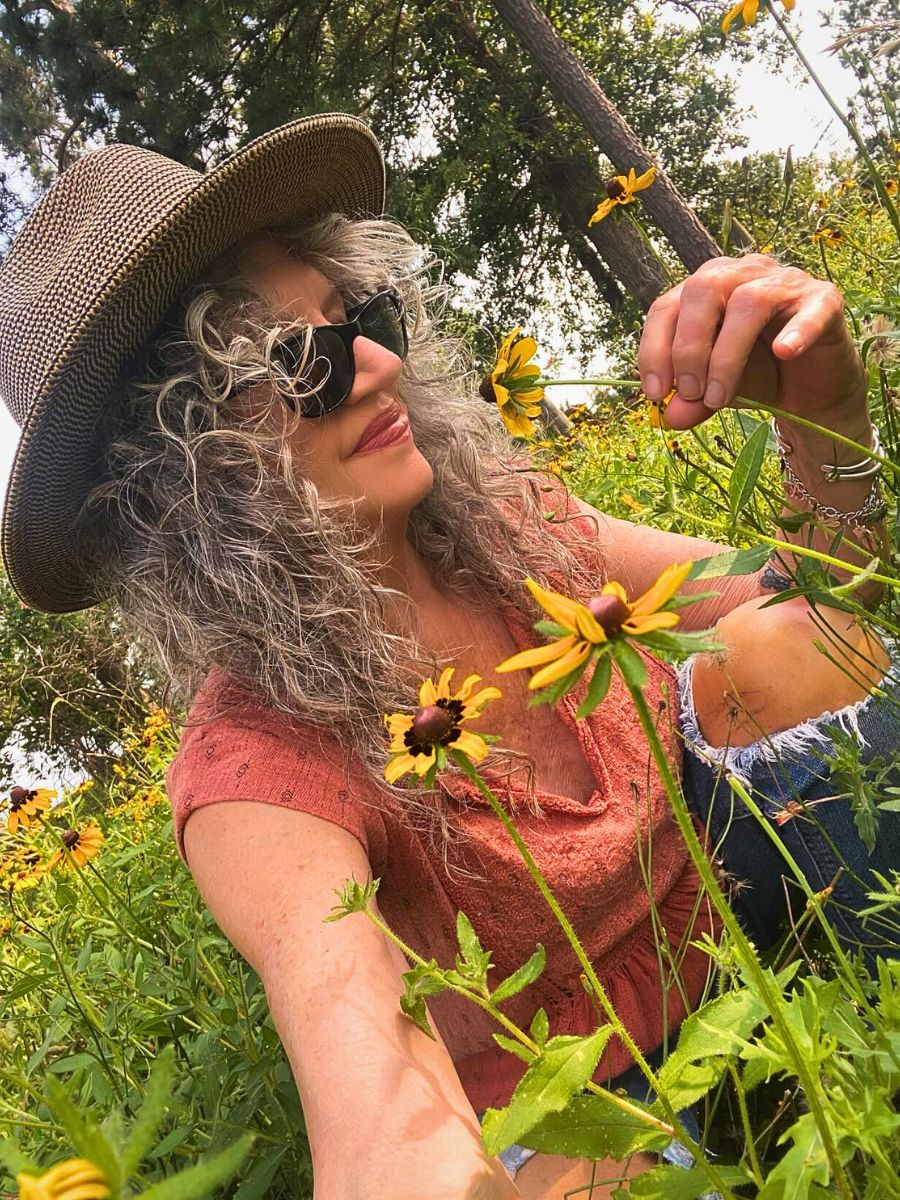
Perennial Coreopsis species, however, offer years of reliable garden performance. They develop extensive root systems that survive winter dormancy, sending up fresh growth each spring. When referring to species like Coreopsis grandiflora, Coreopsis verticillata, or the beloved Coreopsis lanceolata, the answer to whether the tickseed is a perennial is definitely yes, though their longevity varies based on growing conditions and care.
The Coreopsis lanceolata, a classic perennial, thrives in USDA hardiness zones 4 through 9. However, it’s worth noting that some of its relatives may behave differently depending on geographical location and climate. For instance, in colder or harsher winters, certain Coreopsis varieties may be grown as annuals or treated as short-lived perennials.
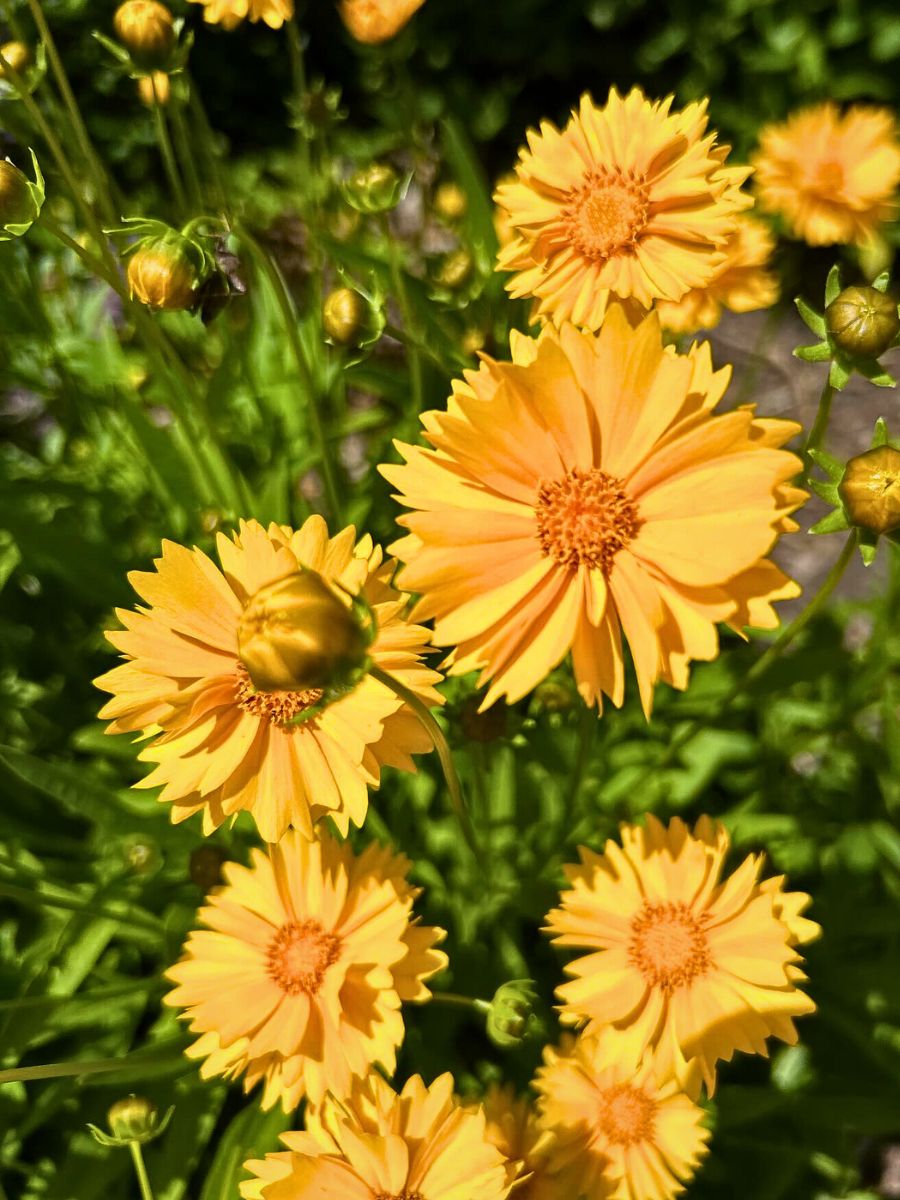
Tickseed’s adaptability as a perennial contributes to its popularity in gardens designed for low maintenance and long-term beauty. Growers appreciate that, once established, the Coreopsis tickseed returns year after year. Thus, the perennial nature of many varieties makes them excellent investments for those seeking long-term beauty with minimal maintenance. These plants often improve with age, developing larger clumps and producing more flowers in subsequent years.
Cultivating and Growing Coreopsis Tickseed and Its Care
Cultivating Coreopsis is relatively easy, as it flourishes under a wide range of conditions. Most tickseed species thrive in full sun locations with well-draining soil, including sandy or rocky substrates, which many other plants find challenging. Many tolerate partial shade and various other soil types. Unlike many ornamental plants, Coreopsis is not demanding about soil fertility. The key to long-term success lies in matching plant selection to site conditions rather than trying to dramatically alter the growing environment.
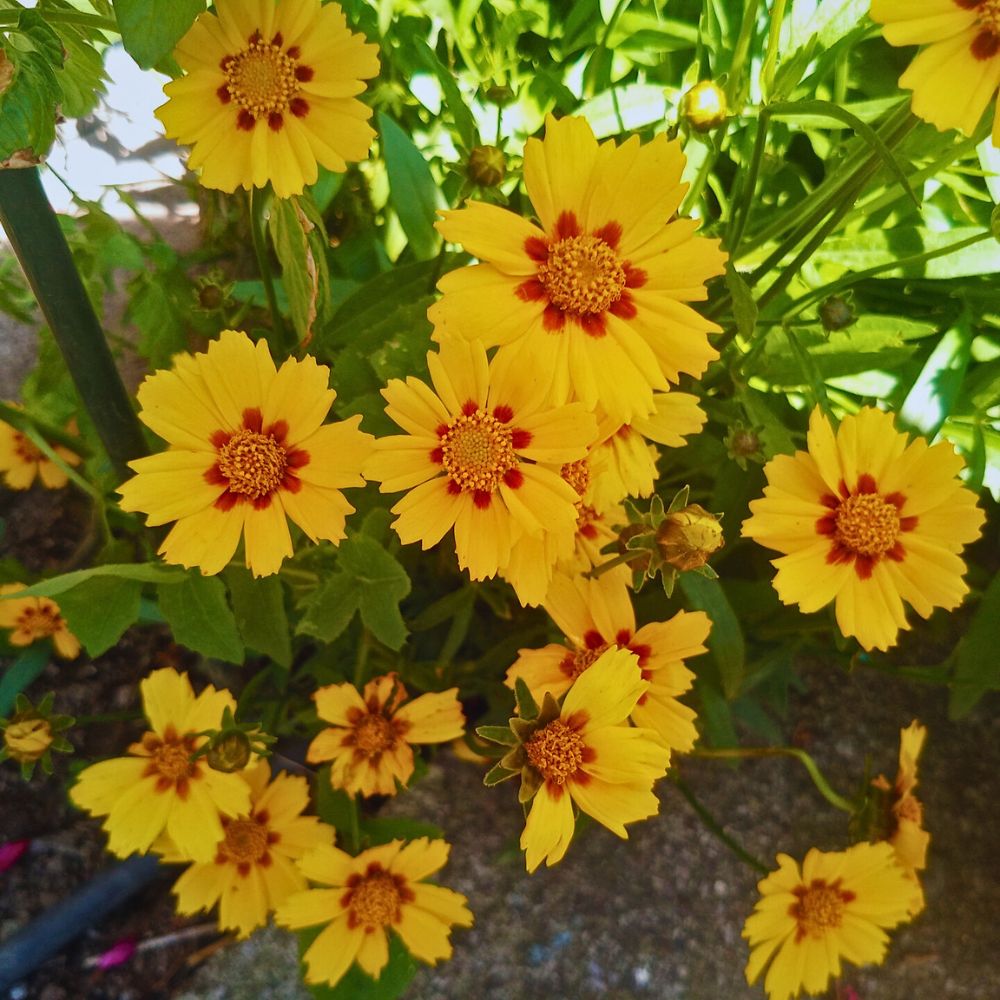
This preference means Coreopsis can be an excellent choice for gardeners dealing with poor or lean soils, whose preparation need not be elaborate, as these plants often perform better in average to poor soils than in heavily amended, fertile ground. Rich soils can lead to excessive foliage growth at the expense of flower production, while also making plants more susceptible to fungal diseases and reducing their overall longevity.
Water-wise, Coreopsis tickseed is remarkably drought-tolerant. Its initial establishment requires regular watering, but mature plants often thrive on natural rainfall alone. This makes it particularly valuable in water-conscious gardening and areas with summer dry periods. It is, therefore, suitable for xeriscaping landscapes or regions prone to water restrictions.

Does Tickseed Spread and How?
Understanding how tickseed spreads helps growers make informed decisions about placement and management. So, does tickseed spread? Absolutely, but the mechanisms vary among species and growing conditions. Many species, including Coreopsis lanceolata, can propagate through underground rhizomes and self-seeding, a characteristic that benefits growers seeking to cultivate wildflower meadows or naturalistic borders but may require management in formal garden settings to prevent excessive encroachment. Deadheading spent flowers or dividing clumps every few years helps maintain a tidy appearance and encourages healthy growth, and prevents excessive self-seeding.

Also, many perennial Coreopsis varieties spread through both seeds and underground rhizomes, creating gradually expanding colonies that can fill empty spaces or potentially overwhelm less vigorous neighbors. The spreading nature of Coreopsis can, therefore, be viewed as either an asset or a challenge, depending on garden goals and management style. In naturalized settings or prairie gardens, this spreading habit mimics the plant's behavior in wild habitats, creating drifts of color that change over time. In more formal garden settings, one may need to divide plants periodically or deadhead them.
Moreover, its capacity to spread through rhizomes underground and by seed makes it a self-sustaining plant in many garden environments. This supports ecosystem health by covering soil areas and providing food and habitat for pollinators and birds. For one who wants controlled growth, managing spread by cutting back or dividing plants is effective. For the annual varieties that spread primarily through seeds, they create new plants in unexpected locations throughout the garden, which often results in delightful surprises, as they establish themselves in perfect microclimates that one might never have considered.
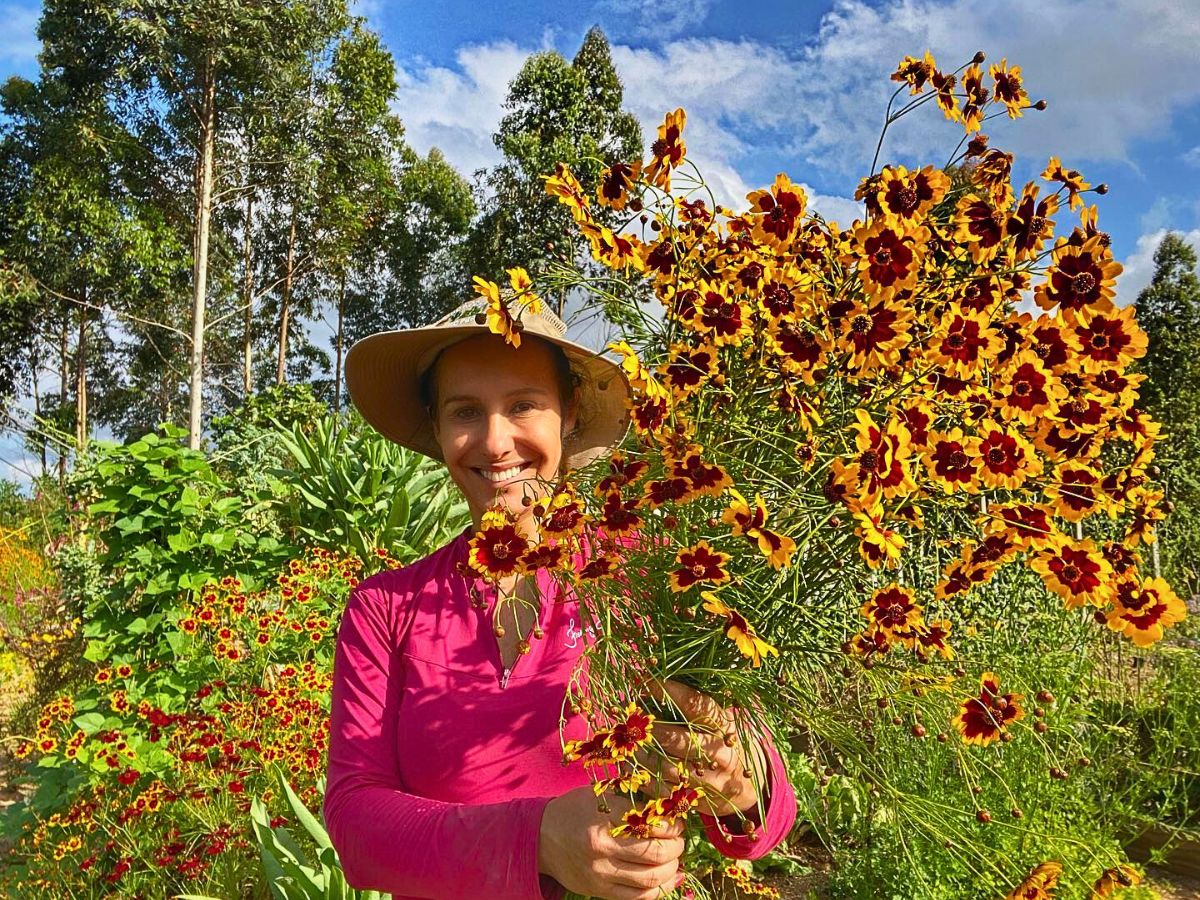
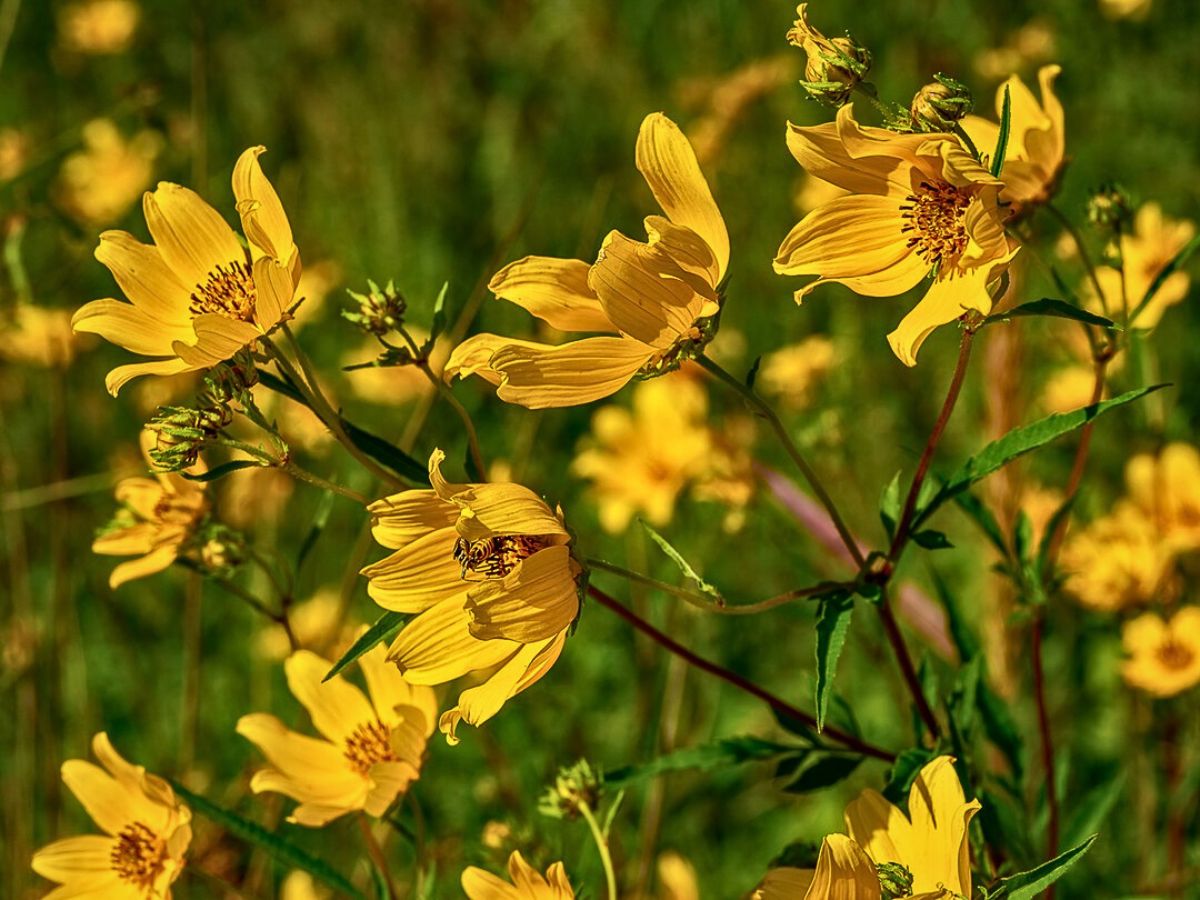
Is Tickseed Deer Resistant?
For growers dealing with deer pressure, the question "Is tickseed deer resistant?" is vital. Fortunately, most Coreopsis species show excellent resistance to deer browsing; thus, they are ideal additions to gardens in areas with large deer populations. Deer typically avoid these plants, which helps maintain garden integrity. This resistance makes them practical choices for gardeners wanting to deter browsing wildlife without resorting to repellents or fencing.
Their deer resistance likely stems from several factors, including the texture and chemical composition of the foliage. Many Coreopsis species produce leaves with slightly rough textures and bitter compounds that deer find unappealing; a natural protection that allows the plants to thrive even in areas where deer regularly browse other garden plants. However, one should note that this does not present absolute immunity. During periods of extreme food scarcity or when preferred plants are unavailable, deer may browse plants they would normally avoid, and young Coreopsis plants may be more vulnerable than established specimens.

The Ecological Web of Coreopsis in the Natural World
Outside of their ornamental value, Coreopsis supports a diverse ecosystem. It attracts bees, butterflies, and other pollinators essential for garden health. Native Coreopsis species host butterfly and moth caterpillars, while their flowers provide them with nectar and pollen. Plus, its drought tolerance and low soil demands make it indispensable in sustainable garden designs focusing on environmental conservation and reduced resource use.
Also, the timing of Coreopsis flowering often aligns perfectly with the life cycles of many native pollinators, providing important resources during peak activity periods. This synchronization, developed over years of co-evolution, shows the importance of incorporating such native plants into gardens.
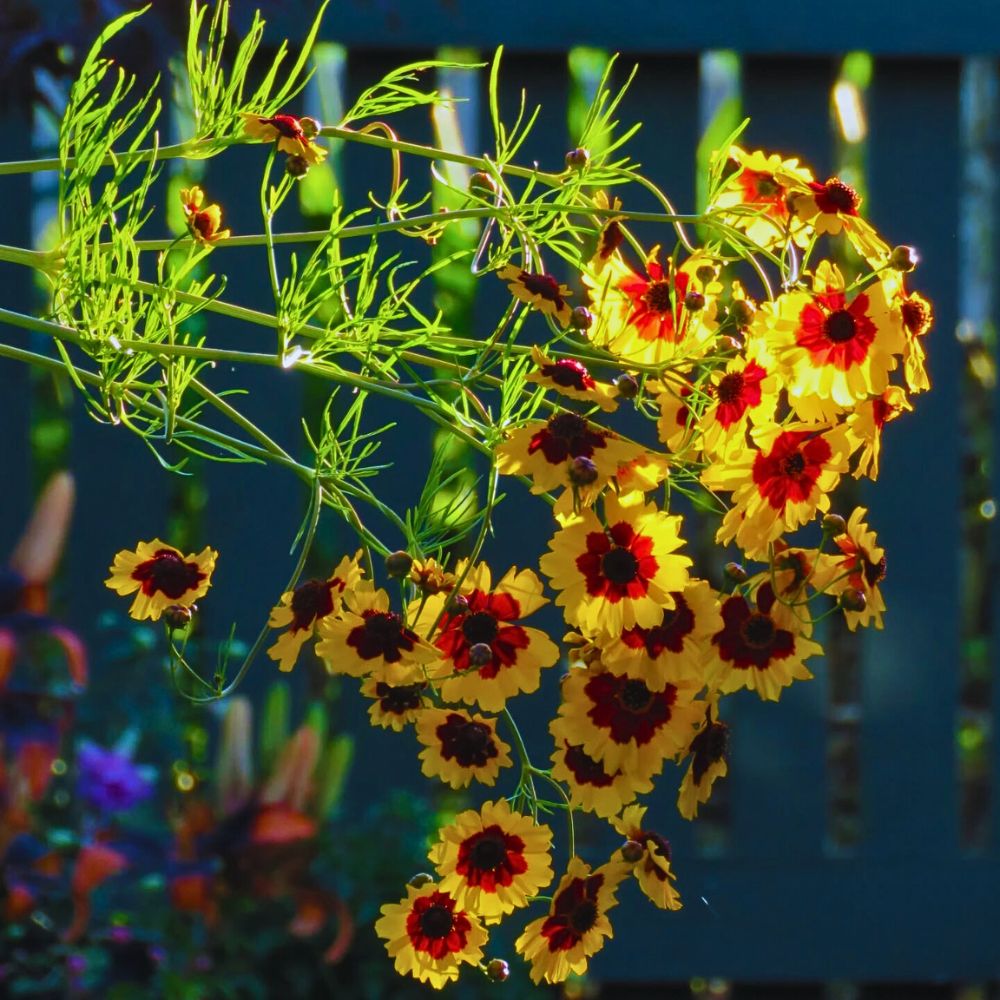
Later in the season, the plant’s seed-heads provide nourishment for birds. Avian enthusiasts would particularly appreciate this, as goldfinches and other small songbirds love the nutritious seeds. Leaving seed heads intact until spring provides wildlife food while adding textural interest to winter gardens. Essentially, these flowering beauties offer the rare combination of stunning visual impact, ecological benefit, and undemanding care requirements. They are evidence that even the simplest plants can make a big impact.
Feature image by @iamcasssmith. Header image by nwalthall.



